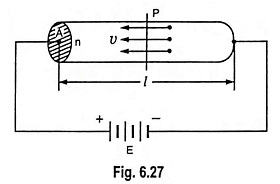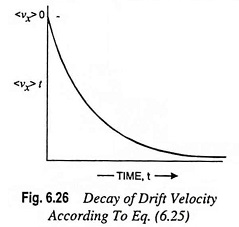Fermi Level in Extrinsic Semiconductor
Fermi Level in Extrinsic Semiconductor: The equation for f(E) specifying the fraction of all states at energy E (electron volts) occupied under conditions of thermal equilibrium is called the Fermi-Dirac probability function and is given as where k is Boltzmann constant in eV/K, T is temperature in K and EF is the Fermi level or […]
Fermi Level in Extrinsic Semiconductor Read More »


